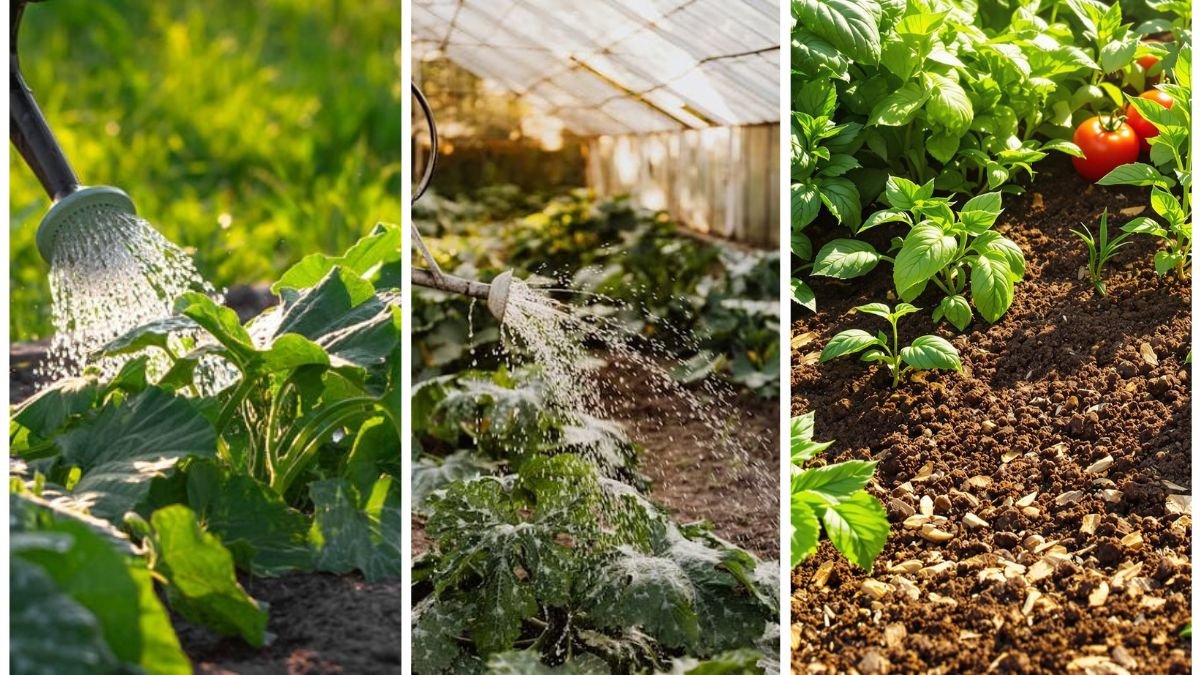Water is the lifeblood of every garden. Without it, plants wither; with too much, roots drown. The challenge for gardeners and landscapers lies in finding that balance where soil retains enough water for steady plant growth without becoming waterlogged. This is especially important in regions facing erratic rainfall, drought cycles, or water restrictions.
Improving water retention without overwatering is not only a matter of plant health—it’s also about sustainability, soil management, and smart gardening practices. By understanding soil, using the right amendments, and applying efficient techniques, you can create a garden that thrives with less stress on water resources.
This article explores why water retention matters, the risks of overwatering, soil and plant-based solutions, and sustainable practices that ensure your garden has consistent moisture without waste.
Why Water Retention Matters
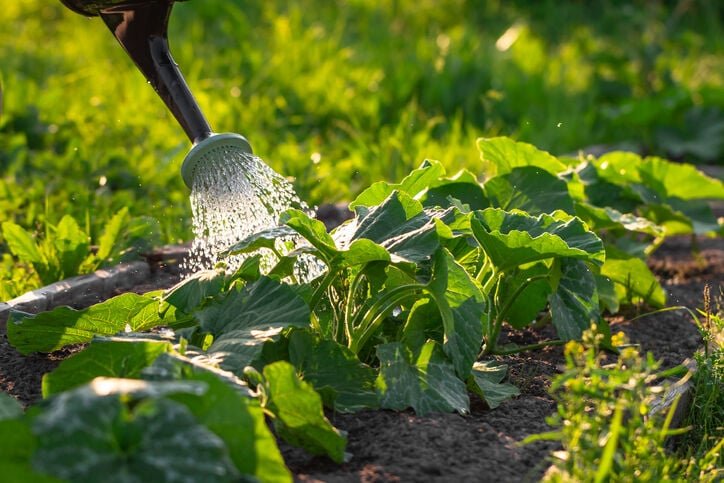
Water supports nearly every process in plants: photosynthesis, nutrient transport, and cooling through transpiration. However, soil acts as the middleman—it either holds, releases, or drains water too quickly.
- Good water retention ensures plants have a steady supply of moisture between rains or irrigations.
- Poor retention leads to drought stress, wilting, and weak root systems.
- Excess retention (from overwatering or compacted soil) creates oxygen-deprived roots and fungal diseases.
The key is to maximize soil’s ability to hold water while maintaining aeration.
Risks of Overwatering
Many gardeners assume more water equals healthier plants. In reality, overwatering is as harmful as drought.
- Root suffocation: Excess water fills air spaces in soil, depriving roots of oxygen.
- Root rot: Fungi thrive in saturated soil, killing roots.
- Nutrient leaching: Valuable minerals wash away, leaving plants deficient.
- Shallow roots: Plants become dependent on frequent watering instead of developing deep, resilient roots.
- Wasted resources: Overwatering increases water bills and wastes a vital resource.
By focusing on water retention, you minimize these risks while supporting long-term soil health.
Soil Factors That Influence Water Retention
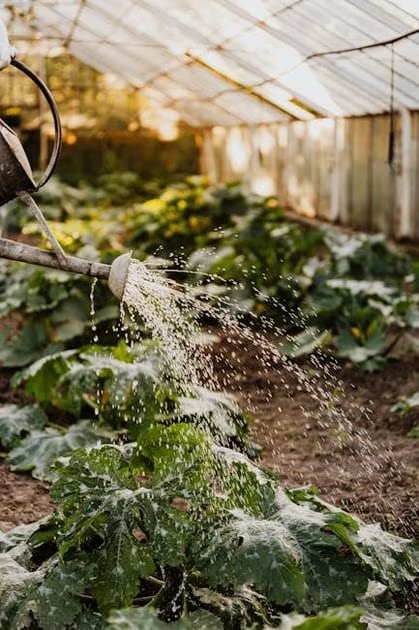
Understanding soil texture and structure is the first step to improving water management.
- Clay soils – Hold water well but drain poorly, often leading to waterlogging.
- Sandy soils – Drain quickly and struggle to retain water, causing drought stress.
- Loamy soils – The ideal balance, with good retention and drainage.
Soil structure (how particles stick together) matters as much as texture. Compacted or crusted soils limit infiltration, while well-aggregated soils store water more efficiently.
Strategies to Improve Water Retention Without Overwatering

1. Incorporate Organic Matter
Adding compost, aged manure, or leaf mold is one of the most effective ways to improve soil water retention.
- Benefits:
- Increases soil’s sponge-like ability to hold water.
- Improves soil aggregation and aeration.
- Encourages beneficial organisms like earthworms.
- How to apply: Spread 2–3 inches of compost annually and work it into the top 6–8 inches of soil. Over time, soils become richer and more moisture-efficient.
2. Use Mulch as a Protective Layer
Mulching is a simple yet powerful water-saving strategy.
- Benefits:
- Reduces evaporation from the soil surface.
- Regulates soil temperature (cooler in summer, warmer in winter).
- Prevents surface crusting, allowing water to infiltrate better.
- Best mulches: Organic (straw, shredded bark, leaves, wood chips) or inorganic (gravel for xeriscapes).
- Application tip: Spread mulch 2–4 inches thick, keeping it a few inches away from plant stems.
3. Adopt Drip Irrigation or Soaker Hoses
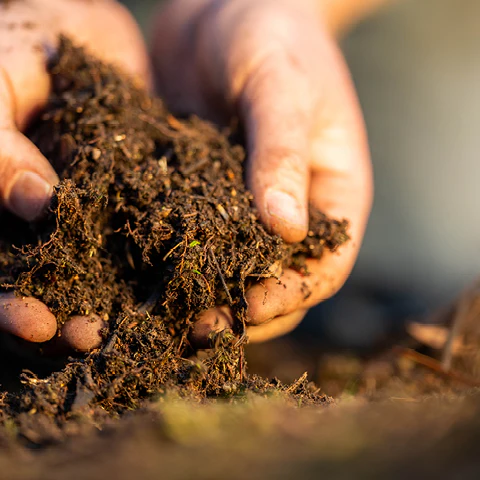
Overhead sprinklers often waste water through evaporation and runoff. Drip irrigation delivers water directly to plant roots.
- Benefits:
- Conserves up to 50% more water than sprinklers.
- Prevents foliage wetness, reducing fungal diseases.
- Delivers consistent moisture, encouraging deeper root growth.
- Pro tip: Use a timer to prevent accidental overwatering.
4. Choose Water-Retentive Soil Amendments
Certain materials can boost soil’s water-holding capacity.
- Coconut coir: Holds water like peat moss but is renewable and eco-friendly.
- Biochar: Improves soil porosity, moisture retention, and microbial life.
- Vermiculite: A mineral that increases water retention in sandy soils.
- Perlite: Enhances drainage in heavy soils while still aiding aeration.
Mixing these into garden beds helps regulate water availability for roots.
5. Practice Deep and Infrequent Watering
Instead of watering lightly and often, soak the soil deeply but less frequently.
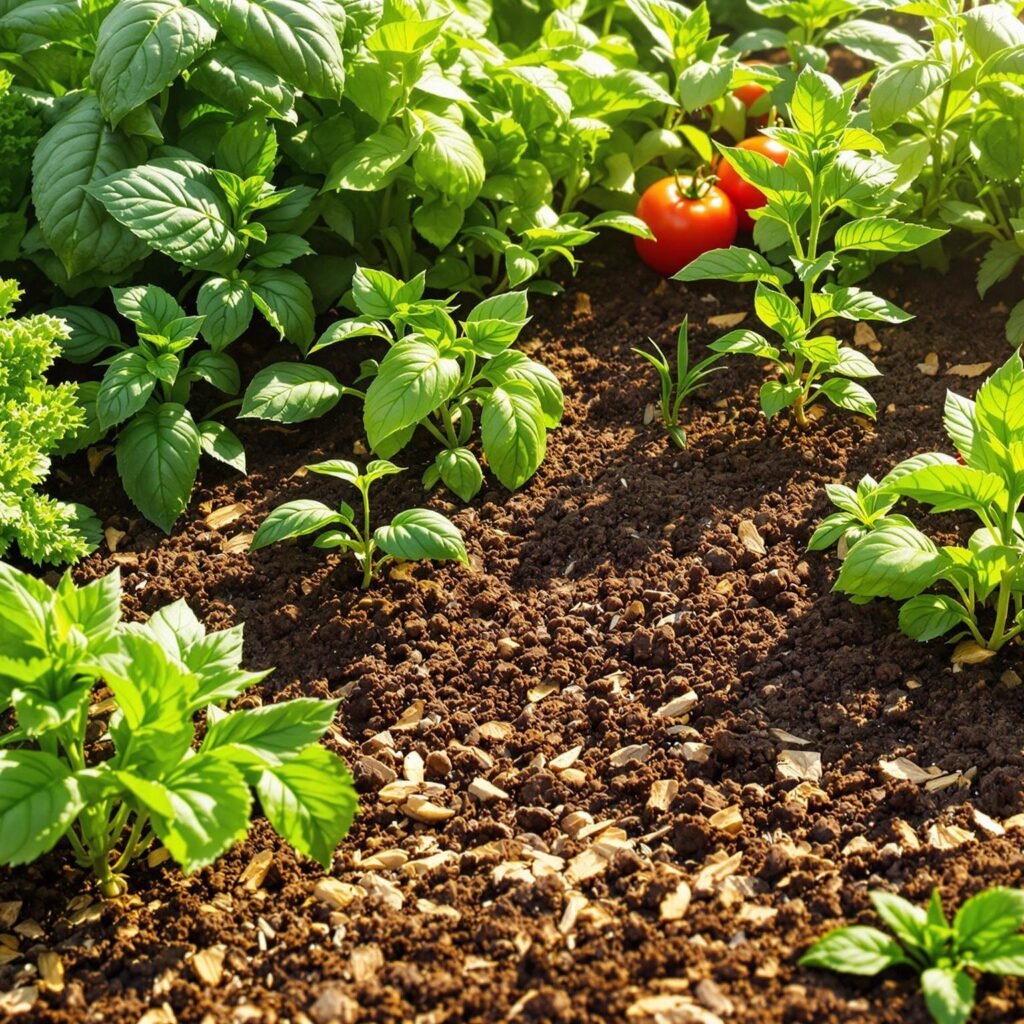
- Why it works:
- Encourages roots to grow deeper, accessing stored water.
- Reduces evaporation losses from the soil surface.
- Maintains a healthier balance between moisture and aeration.
Aim to water until the top 6–8 inches of soil are moist, then wait until it begins to dry before watering again.
6. Plant Drought-Tolerant and Water-Efficient Species
Not all plants have the same water needs. Choosing varieties adapted to your climate reduces stress on soil and water resources.
- Examples: Lavender, yarrow, coneflower, sedum, ornamental grasses, and native perennials.
- Benefit: These plants develop deep root systems and thrive with minimal irrigation.
7. Build Raised Beds or Berms
Raised beds with well-amended soil give you more control over water dynamics. They drain better than compacted clay while still holding adequate moisture.
- Tip: Use a loamy soil mix enriched with compost and organic matter.
8. Use Cover Crops and Green Manures
Cover crops like clover, rye, and vetch improve soil texture, increase organic matter, and protect against erosion.
- Benefits:
- Improves infiltration and water storage capacity.
- Prevents evaporation losses during off-seasons.
- Builds long-term soil fertility.
9. Harvest and Store Rainwater
Collecting rainwater for irrigation helps balance natural water cycles.
- How it helps:
- Provides free, pH-neutral water.
- Reduces dependency on municipal supply.
- Helps regulate watering frequency without overwatering.
Pairing rain barrels with drip systems makes for highly efficient water use.
10. Monitor Soil Moisture Before Watering
Instead of guessing, test soil moisture to avoid unnecessary watering.
- Simple method: Stick your finger 2 inches into the soil—if it feels dry, water.
- Advanced method: Use a soil moisture meter or tensiometer for precision.
Mistakes to Avoid
Even with good intentions, gardeners often make errors that reduce water efficiency:
- Watering during the heat of the day (increases evaporation).
- Ignoring soil type when planning irrigation.
- Applying thick mulch directly against plant stems (causes rot).
- Over-relying on chemical wetting agents instead of organic solutions.
Awareness of these mistakes prevents setbacks in soil and plant health.
Long-Term Benefits of Improving Water Retention
When you optimize water retention without overwatering, your garden becomes more resilient and self-sustaining.
- Healthier plants: Strong root systems and steady growth.
- Water savings: Reduced bills and lower environmental impact.
- Better soil: Organic matter and amendments improve fertility alongside moisture.
- Climate resilience: Gardens withstand droughts and heatwaves more effectively.
- Increased productivity: Consistent yields for fruits, vegetables, and ornamentals.
Final Thoughts
Improving water retention isn’t about flooding your soil with more water—it’s about helping the soil store, release, and manage moisture efficiently. By combining organic matter, mulching, drip irrigation, smart watering habits, and drought-tolerant plants, you create a balanced ecosystem where roots thrive.
Over time, these practices transform your soil into a living sponge: one that holds water for when plants need it but never suffocates roots. In a world where water is an increasingly precious resource, learning to retain it wisely without overwatering is one of the most sustainable gardening skills you can master.
